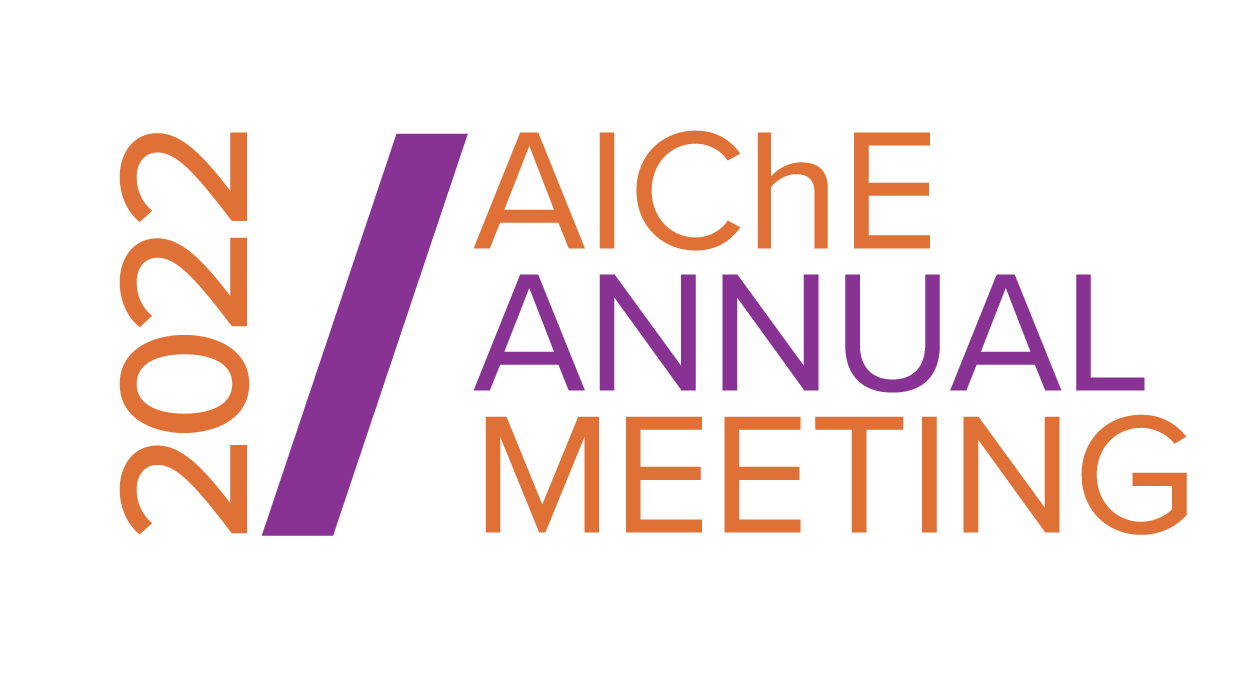

Nanostructured materials play important roles in a wide range of advanced technology applications, stimulating interest in the ‘Internet of Things’. In response to that interest, printed, flexible and even stretchable electronics have emerged as low-cost alternatives for devices in applications ranging from energy to health care to security. However, their successful commercialization relies on the design and development of sustainable, robust and reliable materials chemistries and processes. While molecular design plays a significant role in determining materials electronic performance, molecular structure is not the only consideration. Device performance also depends critically on surfaces, interfaces and active material assembly/alignment at many length scales. This presentation will explore how surface chemistry considerations, coupled with interfaces and physical interactions can impact the design and development of advanced new materials technologies for applications ranging from devices to energy storage and conversion.
Presenter(s)
Once the content has been viewed and you have attested to it, you will be able to download and print a certificate for PDH credits.
If you have already viewed this content,
please click here
to login.
